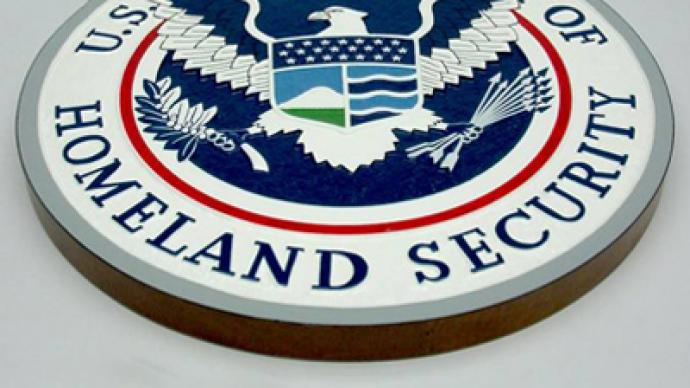DHS wants to read your brain

They know where you live and know where you work. Now the government is considering a plan to monitor Americans’ speech rhythms, blinking rate and breathing patterns. This, they say, could help identify and eliminate threats to the nation.
The CIA doesn’t necessarily want to put a microchip in your brain but what they are trying out isn’t all that far off. Under a project put together by the Department of Homeland Security, the government has been trying out space-age (and pretty damn creepy) techniques to get into the minds of Americans in hopes of figuring out who will cause concern for the country before they can even get out of bed.It’s called the FAST project and it stands for the Future Attribute Screening Technology Mobile Module. If this technology is implemented quickly on the public, however, it could be an invasion of privacy made for the silver screen.The website CNET has uncovered evidence of the FAST project through Freedom of Information Act requests sent out by the Electronic Privacy Information Center (EPIC) and has now revealed to the public that they could eventually be in danger of a massive initiative that has already been tested in America.DHS employees have already served as test subjects in FAST trial runs in which sensors collected “video images, audio recordings and psychophysiological measurements,” among other unidentified evaluations, in order to get into the minds of potential terrorists. To CNET, DHS Deputy Press Secretary Peter Boogaard says FAST is designed to track and monitor body movements, voice pitch changes, fluctuations in rhythm and intonation, eye movement, body heat changes and breathing patterns in order to gather research that could help pin-point the inner workings of wrong-doers. Boogard says that preliminary research has already been conducted and that the DHS has used technological sensors and observational techniques to signal out signs of stress “associated with intent to do harm.”The DHS says that they do not intend on deploying FAST program on the public anytime soon, but should they chose to, that means that your every move — inside and out — could be recorded to keep America safe . . . one blink at a time.Among the materials collected in the FOIA request sent out by EPIC is one document that accounts for every cent of the “ore-crime” system that was contracted out to a Cambridge, Massachusetts laboratory. Amounts, however, were redacted in the documents. EPIC writes that they are pursuing an administrative appeal to challenge those blackened out portions of the files.Though research has apparently only been conducted on DHS volunteer so far, the documents suggest that a trial will be carried out soon on volunteering public at a large invent where body actions will be used to help researcher’s pin-point “the bad guy.” Should this technology make it outside of the DHS’ trial testing, it wouldn’t be that big surprise if it becomes implemented alongside the already invasive scanners that the DHS has at their many airports across America.Upon CNET’s initial report on the FAST program, the DHS was quick to fire back that the program really isn’t as invasive as some might think — even if, yes, they have been collecting data on breathing patterns to learn how to kick crime to the curb. They add that data is not kept on participants, which is collected anonymously, after the process is complete.















